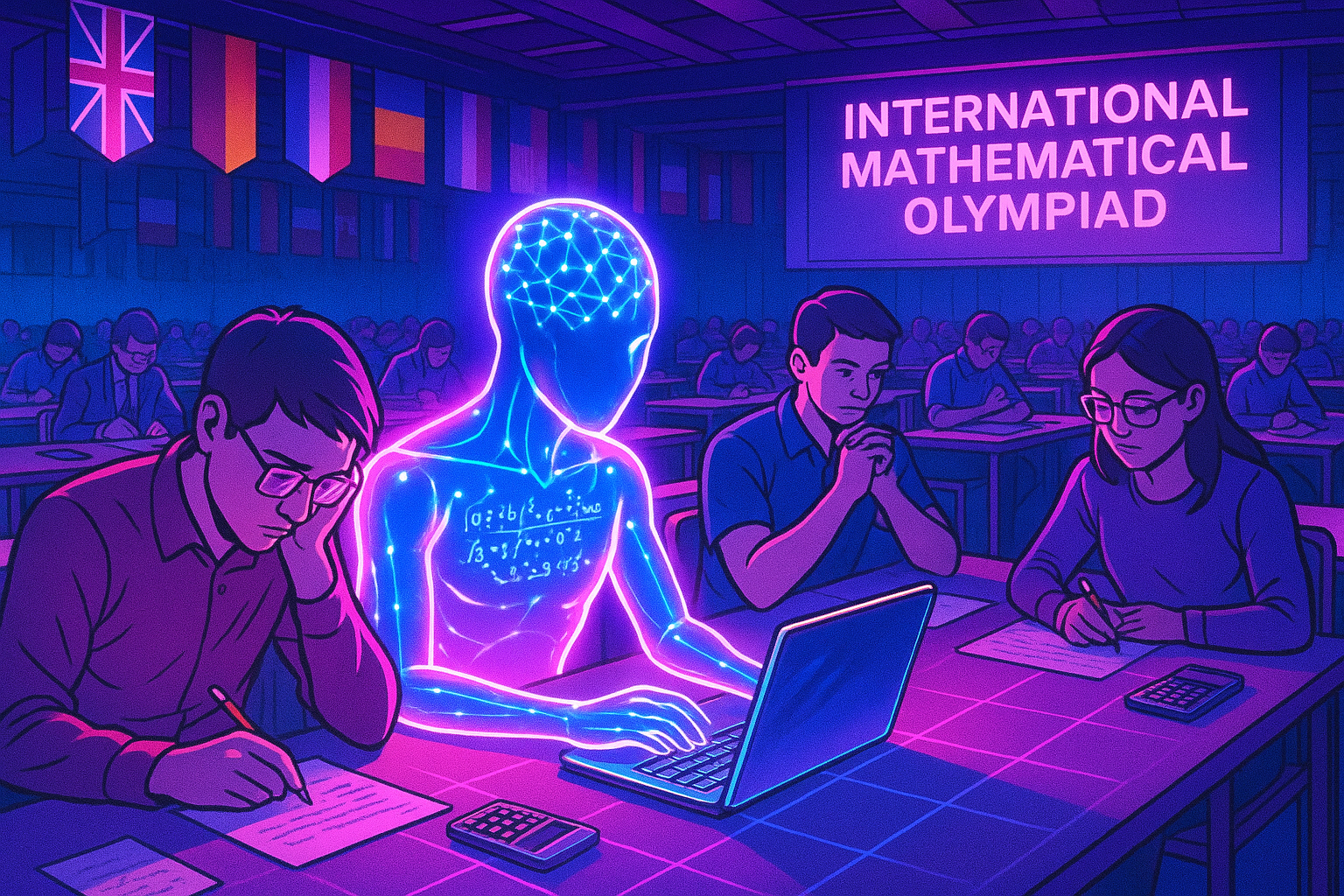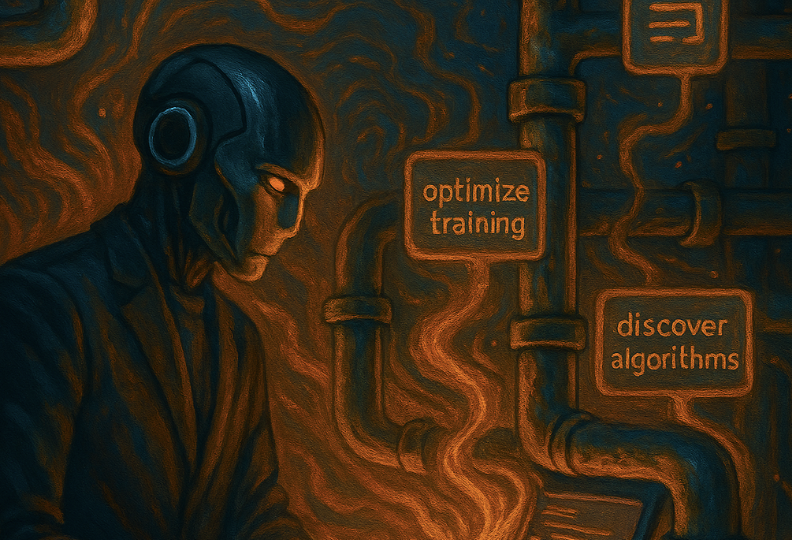
In this post, you’ll discover how the Hierarchical Reasoning Model (HRM) introduces a bold new approach to AI reasoning—one that takes inspiration directly from the brain’s layered structure. Traditional large language models, despite their scale, are limited by their fixed-depth architectures, which hinder performance on deeply complex tasks like hard Sudoku and maze solving. HRM breaks this barrier by incorporating two interconnected recurrent modules: a fast, detail-oriented layer for low-level computations and a slow, abstract planning layer that guides strategy. This nested, iterative design enables the model to perform deep, structured reasoning in a single forward pass.
Moreover, HRM trains efficiently using a clever “one-step gradient” method—eschewing memory-intensive backpropagation through time—and dynamically decides how long to “think” via a reinforcement-learning–based halting mechanism. The result? With only 27 million parameters and about 1,000 training examples, HRM outperforms much larger models on benchmarks like ARC-AGI, extreme Sudoku, and maze navigation. What’s more, the model offers transparency: its internal states reveal structured traces of its reasoning process, from path exploration to backtracking strategies. HRM also exhibits emergent properties that mirror the brain’s representational hierarchy, suggesting a promising avenue for future AI architectures that value efficiency and interpretability over sheer scale.
Curious to dive deeper into this brain-inspired breakthrough? Go and read the full article here:https://www.apolo.us/blog-posts/hierarchical-reasoning-models-thinking-in-layers
The evolution of data centers towards power efficiency and sustainability is not just a trend but a necessity. By adopting green energy, energy-efficient hardware, and AI technologies, data centers can drastically reduce their energy consumption and environmental impact. As leaders in this field, we are committed to helping our clients achieve these goals, ensuring a sustainable future for the industry.
For more information on how we can help your data center become more energy-efficient and sustainable, contact us today. Our experts are ready to assist you in making the transition towards a greener future.

At the 2025 International Mathematical Olympiad, AI models from OpenAI and DeepMind achieved gold-medal level performance, solving 5 out of 6 challenging math problems. This historic milestone marks a turning point in AI’s ability to reason creatively, not just compute. The article traces the evolution from formal theorem provers to language-based models, exploring benchmark controversies and how extended deliberation unlocked new capabilities. It also examines the broader implications for math education, research, and the future of machine reasoning.
Read post


AI in 2025 is quietly evolving, not through flashy new models, but via deep integration and engineering advances. This article explores how recursive self-improvement, reasoning models, and infrastructure breakthroughs may be laying the groundwork for artificial general intelligence (AGI). We may be entering the "plumbing phase" of AGI - less hype, more substance.
Read post
